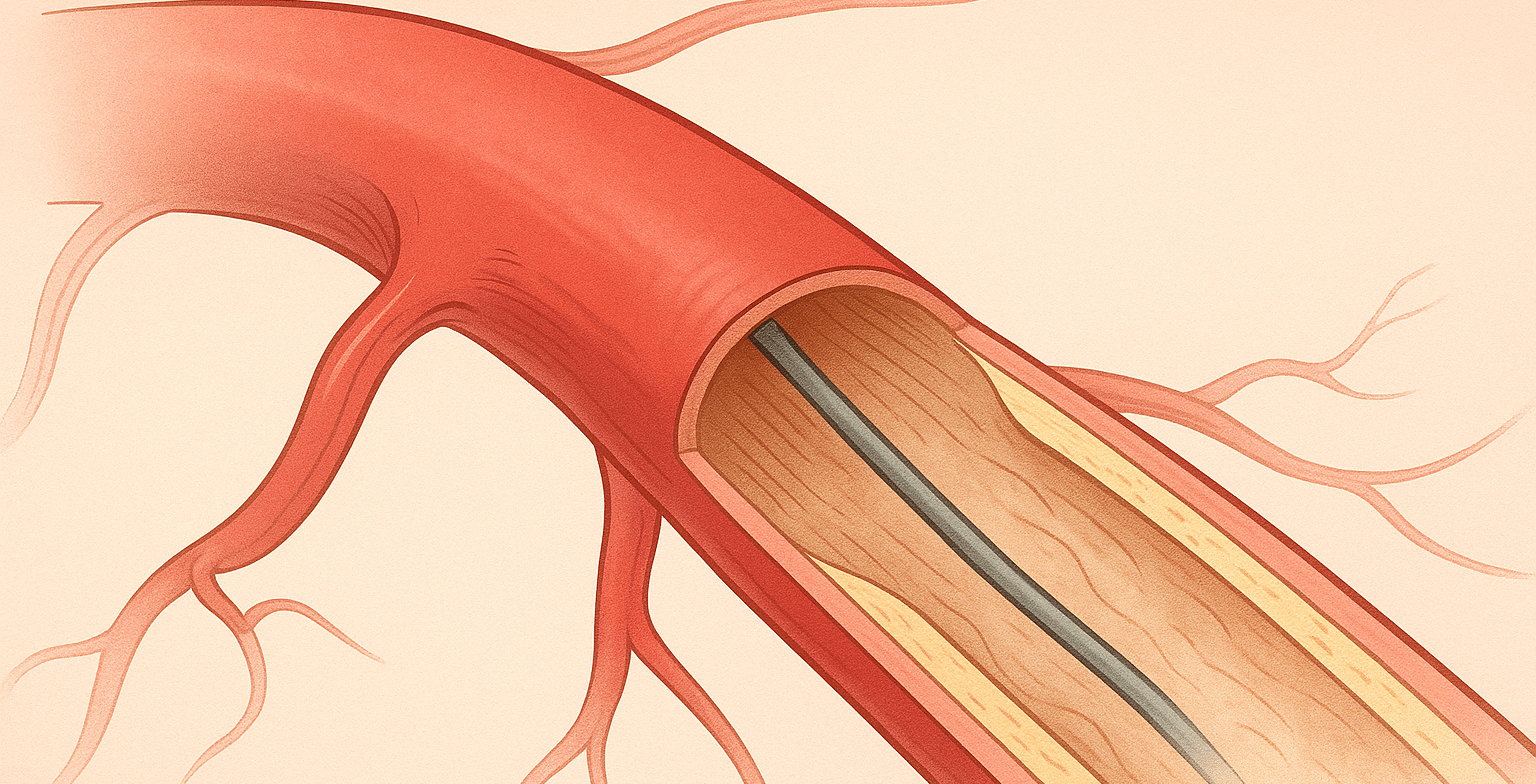Insights from the 2022 OARSI Clinical Trials Symposium
Key Highlights
- One of the major challenges in the development of treatments for osteoarthritis (OA) is the discordance between radiographic measures of structural change and patient-reported outcomes such as pain.
- Bone marrow lesions (BML), synovitis, effusion, cartilage thickness and volume, and joint space narrowing (JSN) are all radiographic biomarkers that have shown correlations to clinical outcomes; however, correlations may be specific to certain patient populations and disease phenotypes.
- Regulatory authorities suggest that JSN may be used as a primary endpoint in clinical trials for drugs with the potential to slow disease progression.
- OA trials may also benefit from using imaging during eligibility screening in order to achieve a well-defined, homogeneous patient population for the trial.
“Why don’t my imaging outcomes correlate?!”
Many knee osteoarthritis (OA) drug trial sponsors ask us this question.
Typically, the situation is that the radiographic outcomes are not correlating to improvements in patient-reported outcome measures (PROMs) such as pain scores. In other situations, patients show structural changes which are not correlated with symptomatic outcomes. The reason for this discordance is certainly multi-faceted and discussed in the recent publication from the OARSI 2022 Clinical Trial Symposium (CTS) meeting:
Karsdal MA, Tambiah J, Felson D, Ladel C, Nikolov NP, Hodgins D, Bihlet AR, Neogi T, Baatenburg de Jong C, Bay-Jensen AC, Baron R, Laslop A, Mobasheri A, Kraus VB. Reflections from the OARSI 2022 clinical trials symposium: The pain of OA-Deconstruction of pain and patient-reported outcome measures for the benefit of patients and clinical trial design. Osteoarthritis Cartilage. 2023 Oct;31(10):1293-1302. doi: 10.1016/j.joca.2023.06.006. Epub 2023 Jun 26. PMID: 37380011.
The apparent discordance between patient-reported pain outcomes and radiographic structural modification is due to a number of reasons, including but not limited to:
- Multi-factorial nature of pain, including structure, psychology, sociocultural economics, genetics, etc.
- Discordance between disease activity and radiographic disease state, where long periods of inactivity may be followed by fast progression
- Limitations of structural measures, especially in the detection of early disease changes
- Strong placebo response, which may compromise detection of treatment differences in clinical outcomes
Multi-factorial nature of pain
“The pain experience is multi-dimensional and typically changes over time at differing rates in individuals with knee OA.”
OA patients can experience signs or symptoms indicative of nociceptive, neuropathic-like, and/or nociplastic pain. Nociceptive pain resulting from inflammation and structural damage only accounts for approximately 50-70% of OA patients, whereas the rest have pain resulting from other factors. Beyond the pain mechanism and biological and structural changes, the patient’s perception of pain is also influenced by a multitude of factors, including but not limited to psychology, sociocultural economics, genetics, time of day, etc. All of these factors affect how sensitive patients are to detecting and reporting pain in PROMs. It is important to understand that structural pathology alone is not the only contributor to a patient’s pain, and hence, radiographic outcomes of structural changes may not show strong correlations with reported pain scores.
Discordance between disease activity and radiographic disease state
OA is currently a “catch-all” disease, likely with multiple phenotypes which have not thoroughly been characterized and understood yet, and it is possible that the various phenotypes affect structural knee changes to different extents. In addition, the disease activity at any given time may not always correspond to the radiographic disease status of the patient. For example, there may be prolonged periods of relatively low levels of cellular or molecular disease activity, followed by a spike in disease activity, and then another slow down. When you look at a snapshot in time of disease activity, it may not always correspond with the overall disease state of the patient, which progresses at a steadier pace over time. PROMs such as pain may reflect disease activity, whereas radiographic indicators of structural change likely reflect the overall disease state.
Limitations of structural measures
It is well known that structural changes typically lag cellular and molecular activity levels. For example, high or low levels of chondrocyte activity do not manifest immediately as structural cartilage gain or loss, which contributes to the overall discordance between radiographic and clinical outcomes. This means that current radiographic measures of structural changes are limited to detecting later stage disease and may not be sensitive to early degenerative changes. As imaging acquisition and analysis techniques evolve, the goal will be to identify imaging biomarkers that are reflective of early-stage disease and predictive of late-stage structural changes.
Strong placebo response
With randomized, controlled drug trials, there is always a potential of a strong placebo response. When the placebo response is strong, any benefit of the investigational drug may be masked in the PROMs. Consequently, even if radiographic outcomes demonstrate a structural difference between treatment arms, they would be discordant with clinical outcomes. Upfront strategies such as controlling patient expectations and monitoring site compliance to blinding requirements are critical to proactively minimizing placebo responses in OA drug trials.
So what is imaging useful for in an OA drug trial?
Radiographic outcomes that do correlate
In fact, there are certain consistent relationships between OA symptoms and select structural features. As a whole joint organ disease, OA symptoms, including pain, have been linked to non-cartilage structural changes, including bone marrow lesions (BML), synovitis, and effusions detectable from MRI. These radiographically detectable features are associated with weight-bearing pain, which is typically the first pain category to emerge in early OA. Cartilage-focused measurements such as thickness and volume have also shown a weak correlation with pain outcomes.
Joint space narrowing (JSN) has been shown to correlate with the need for total joint replacement, and regulatory bodies have accepted this radiographic outcome as an alternative to primary or secondary clinical endpoint, especially in the context of disease-modifying OA drugs (DMOADs).
Subject eligibility screening for a homogenous treatment population
A critical part of any OA trial is identifying the appropriate cohort of subjects that stand to benefit from a certain treatment. Even if your trial is focused on symptom-modification, imaging can be used during the eligibility screening process to achieve a homogeneous treatment population for the trial. For example, joint space width, preexisting JSN, radiographic knee alignment, Kellgren-Lawrence classification, and cartilage thickness are all imaging-based metrics that can be centrally reviewed preoperatively to define an appropriate treatment population for the trial.
How MMI can help you
MMI has extensive experience with designing protocols and evaluating imaging for OA clinical trials. Our scientific consulting staff and KOLs regularly consult on the use of imaging-based endpoints while remaining current on the literature and state-of-the-art advances in imaging. As future OA treatments aim for structural modification, the importance of accurate, validated processes for qualitative and quantitative analysis of OA imaging will only grow, and MMI will be right there to support those imaging analysis needs. Contact us today for a scientific consultation on how to leverage imaging in your trial.
Medical Metrics, Inc. is an ISO 9001:2015-certified provider of independent imaging core lab services. We assist sponsors with designing, implementing, and executing the imaging strategy of their global trials through our responsive trial management team, robust operating infrastructure, and world-class imaging expertise. Learn more about our Services.




